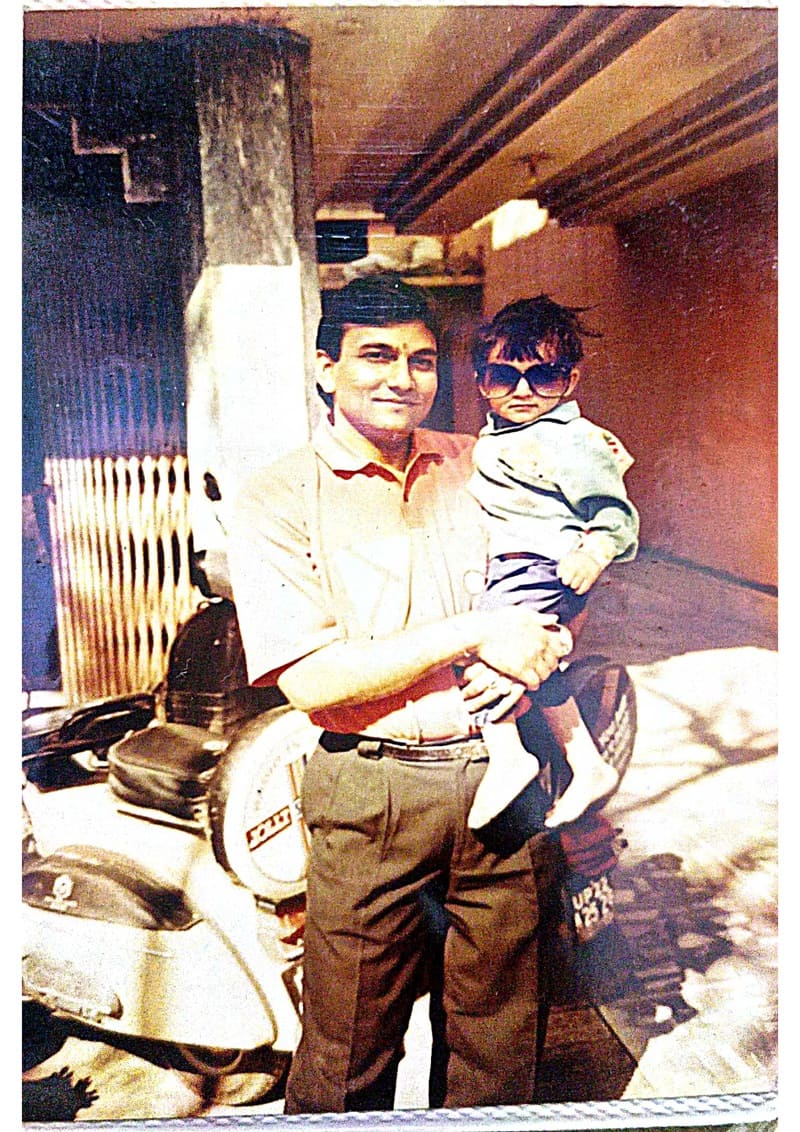In today's competitive educational landscape, educational franchises play a significant role in providing access to quality education and coaching services. These franchises often serve as sales outlets and fronts for promoting the brand's content material and test series. Like traditional retail franchises, educational franchises operate on a model that includes brand licensing costs, royalties per sale, and annual target plans.
However, what sets educational franchises apart from other franchise businesses is the critical role they play in delivering lectures and teaching services. Unlike products, which can be standardized and replicated easily, teaching requires expertise, experience, and a deep understanding of educational principles. The success of a coaching franchise ultimately hinges on the effectiveness of its teaching methods and the outcomes achieved by its students.
Unfortunately, many educational franchises focus solely on sales and marketing, neglecting the importance of quality teaching and student outcomes. This lopsided approach can lead to underperformance and dissatisfaction among franchisees and students alike.
Structuring contracts for long-term success is crucial in the educational franchise model. Franchise agreements should outline clear expectations regarding teaching standards, curriculum delivery, and student outcomes. Franchisees should have access to ongoing training, support, and resources to ensure they can effectively deliver high-quality education.
In conclusion, while educational franchises may operate similarly to traditional retail franchises in terms of sales and branding, they have a unique responsibility to deliver quality education and coaching services. By prioritizing teaching excellence and structuring contracts for mutual success, educational franchises can create positive outcomes for franchisees, students, and the brand as a whole.

